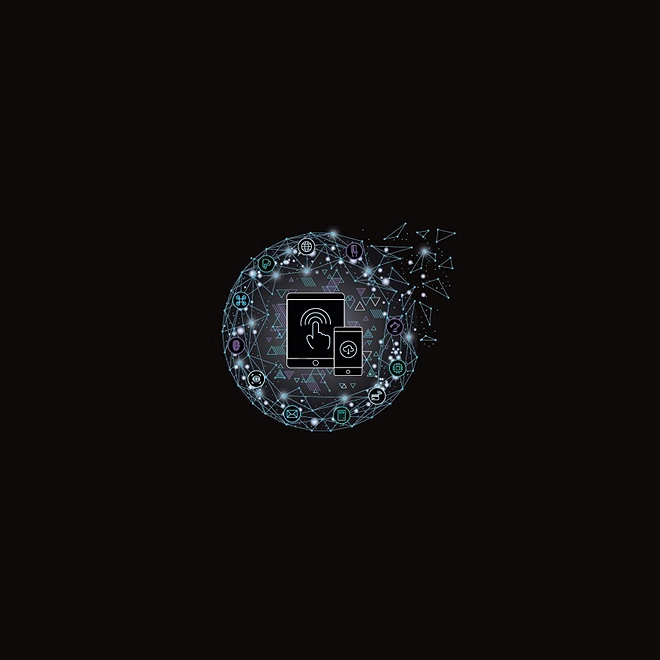Will DEXA measure up in the quest for the ‘holy grail’?
Agribusiness Bulletin
This edition of the Agribusiness Bulletin takes a look at Dual Energy X-ray Absorptiometry (DEXA) and how it measures up in the quest for the Objective Carcase Measurement (OCM) ‘holy grail’ – the ability to accurately assess whole animals in a manner that is objective, standardised and repeatable with minimal impact on meat quality or yield.
The Agribusiness Bulletin
The Agribusiness Bulletin focuses on national and local industry, as well as cross-industry insights and trends. This includes some of the drivers we expect to shape the future of the industry and potential challenges that may arise. To get more articles like this delivered straight to your inbox, subscribe to the Agribusiness Bulletin.
Receive the Agribusiness Bulletin
Subscribe here Will DEXA measure up in the quest for the ‘holy grail’?A hot topic in recent times in the livestock sector has been the use of technological solutions for the objective measurement of carcase1 yield and quality, and the possibilities that arise from the adoption of Dual Energy X-ray Absorptiometry (DEXA). While there are benefits for producers and processors, some have concerns over the high costs associated with the technology and the need for more demonstration of the benefits.
In this edition of the Agribusiness Bulletin, we take a closer look at DEXA and how it measures up in the quest for the Objective Carcase Measurement (OCM) ‘holy grail’ – the ability to accurately assess whole animals (or carcases) in a manner that is objective, standardised and repeatable with minimal impact on meat quality or yield.
Author
Financial Advisory
Sources:
1. Carcase is the term used in Australian agriculture for the body of a slaughtered animal; the alternative form of the term is carcass, which is more commonly used outside of Australian agriculture.
2. “Finding technologies which measure up”. Meat and Livestock Australia: Feedback (May/June 2017) 12-15.
3. “DEXA Technology Revolutionising the Beef Industry”. Teys Australia. (17 May 2017).
4. Technically, DEXA indirectly estimates the three different tissue components by distinguishing between areas that contain soft tissue (both lean and fat tissue), and areas that contain a mix of soft tissue and bone. The next iteration of X-ray technology is likely to be multiple energy x-ray absorptiometry (MEXA) with the ability to simultaneously measure bone, fat and lean tissue components. For more information, please see Stone, M and Turner, A. (2012). “Use of Dual-Energy X-Ray Absorptiometry (DXA) with Non-Human Vertebrates: Application, Challenges, and Practical Considerations for Research and Clinical Practice”, 99-101.
5. “Development of supply chain objective measurement (OM) strategy & value proposition to stakeholders.” Greenleaf, Miracle Dog, Scott Williams Consulting. Commissioned by Meat and Livestock Australia. 8 May 2017.
6. “Meat processors say rollout of objective carcase measurement technology not prudent until commercially tested.” The Age, 27 February 2017.



